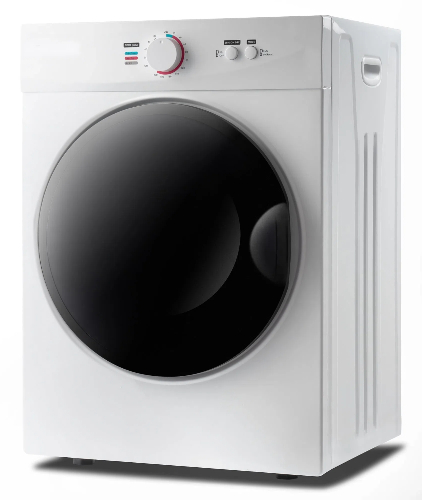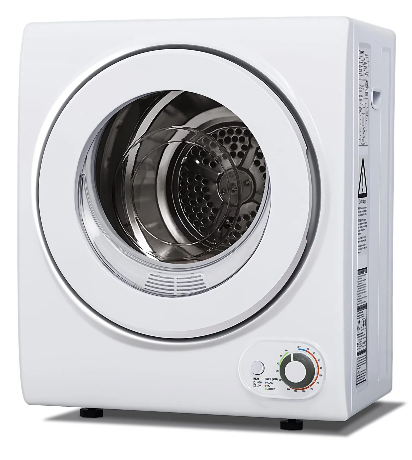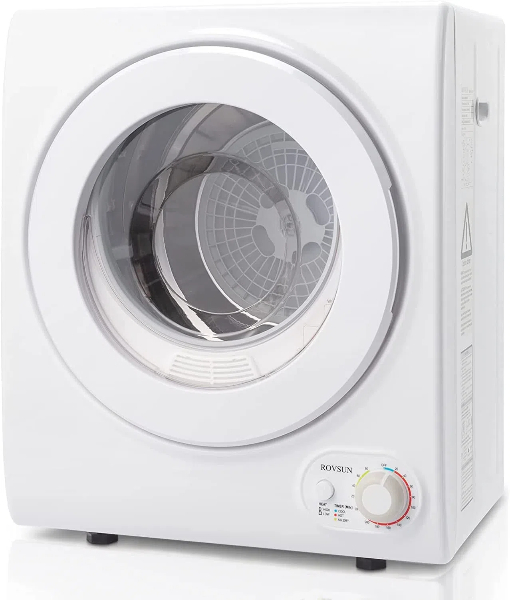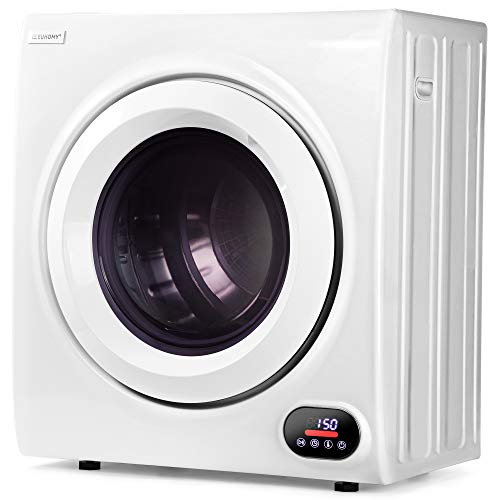
Content Menu
● Introduction
● How Electric Dryers Work
● Key Components of Electric Dryers
>> Heating Element
>> Drum and Motor
>> Control Panel
● Types of Electric Dryers
>> Vented Dryers
>> Ventless Dryers
>> Heat Pump Dryers
● Benefits of Electric Dryers
● Maintenance and Care
● Energy Efficiency Considerations
● Smart Features and Technology
● Frequently Asked Questions
>> Q1: How long do electric dryers typically last?
>> Q2: Are electric dryers more expensive to operate than gas dryers?
>> Q3: What size electric dryer do I need?
>> Q4: How can I make my electric dryer more efficient?
>> Q5: What should I consider when buying an electric dryer?
Introduction
An electric dryer is a household appliance designed to remove moisture from clothes and fabrics using heated air and tumbling action. These essential modern appliances have revolutionized the way we do laundry, making the drying process faster, more convenient, and more efficient than traditional air-drying methods.
How Electric Dryers Work
Electric dryers operate through a sophisticated system of components working together to dry your clothes effectively. The process involves several key steps:
1. Air Intake
2. Heating Element Activation
3. Tumbling Action
4. Moisture Removal
5. Air Exhaust
The dryer draws in room-temperature air through intake vents. This air passes over heating elements, which use electricity to generate heat. The heated air then circulates through the tumbling drum, where your clothes are in constant motion. As the hot air contacts the wet fabrics, it causes the water to evaporate. The moist air is then expelled through the ventilation system.

Key Components of Electric Dryers
Heating Element
The heating element is the heart of an electric dryer. It consists of metal coils that heat up when electricity passes through them, similar to how an electric stovetop works. This component is responsible for generating the heat necessary to dry your clothes.
Drum and Motor
The drum is the large cylinder where clothes tumble during the drying cycle. It's powered by a motor that ensures consistent rotation, helping to prevent wrinkles and ensure even drying.
Control Panel
Modern electric dryers feature sophisticated control panels that allow users to select various settings:
- Temperature levels
- Drying cycles
- Time settings
- Special features
- Smart functions (in newer models)
Types of Electric Dryers
Vented Dryers
The most common type of electric dryer, vented models expel moisture-laden air outside through a duct system. They're typically more affordable and dry clothes quickly but require proper ventilation installation.
Ventless Dryers
These models use a heat exchanger to remove moisture without requiring external venting. They're ideal for apartments or spaces where traditional venting isn't possible, though they generally have longer drying times.
Heat Pump Dryers
The most energy-efficient option, heat pump dryers recycle hot air to dry clothes. While they cost more initially, they can significantly reduce energy consumption over time.

Benefits of Electric Dryers
1. Convenience and Time-Saving
- Quick drying times
- Multiple fabric settings
- Easy operation
2. Weather Independence
- Year-round usage
- No dependence on outdoor conditions
- Consistent performance
3. Fabric Care
- Specialized cycles for different materials
- Wrinkle prevention features
- Temperature control options
4. Space Efficiency
- Stackable options available
- Compact models for smaller spaces
- Various size options
Maintenance and Care
Regular maintenance is crucial for optimal performance:
1. Clean the lint filter after each use
2. Check and clean the vent system periodically
3. Inspect the drum seal regularly
4. Clean the moisture sensors
5. Keep the exterior clean
6. Schedule professional maintenance annually
Energy Efficiency Considerations
Modern electric dryers come with various energy-saving features:
- Moisture sensors
- Eco modes
- Automatic shut-off
- Energy Star certification
- Smart energy management
Smart Features and Technology
Contemporary electric dryers often include advanced features:
- WiFi connectivity
- Smartphone control
- Custom cycle programming
- Real-time monitoring
- Maintenance alerts
- Energy usage tracking

Frequently Asked Questions
Q1: How long do electric dryers typically last?
A: With proper maintenance, an electric dryer can last 10-13 years. Regular cleaning and timely repairs can extend its lifespan significantly.
Q2: Are electric dryers more expensive to operate than gas dryers?
A: While electric dryers generally cost more to operate than gas models, the difference depends on local utility rates. Modern energy-efficient models can help reduce operating costs.
Q3: What size electric dryer do I need?
A: The size depends on your household needs. A 7.0 cubic foot dryer is typically suitable for a family of four, while smaller households might opt for 4.0-6.0 cubic foot models.
Q4: How can I make my electric dryer more efficient?
A: Clean the lint filter regularly, ensure proper ventilation, avoid overloading, use appropriate temperature settings, and maintain the appliance regularly.
Q5: What should I consider when buying an electric dryer?
A: Consider capacity, energy efficiency, available features, space requirements, ventilation options, and your budget. Also, check the voltage requirements and ensure your home's electrical system can support the dryer.












